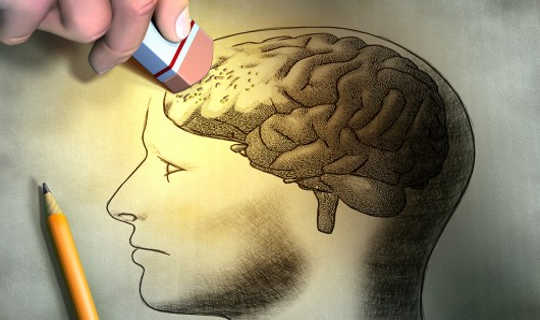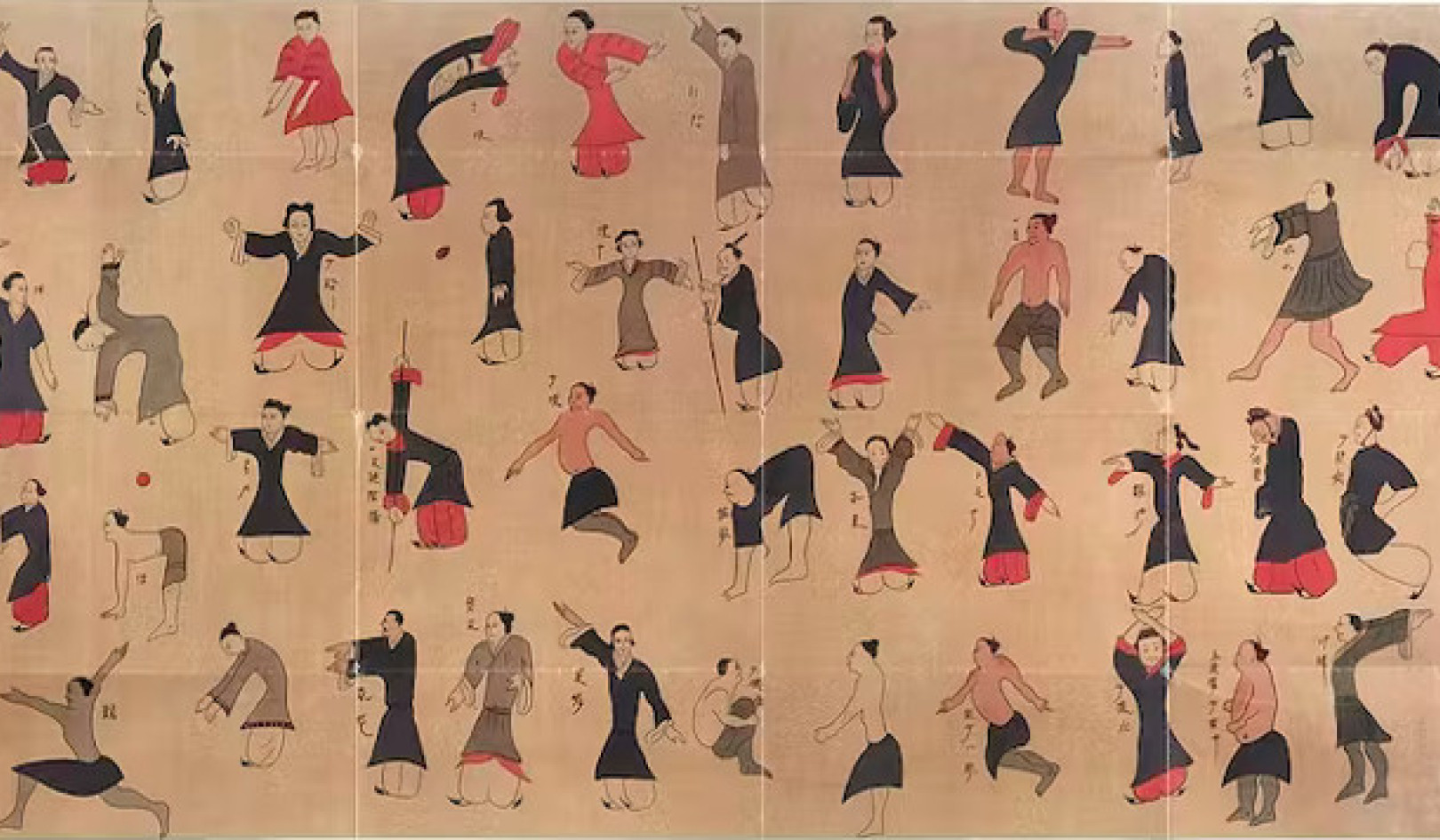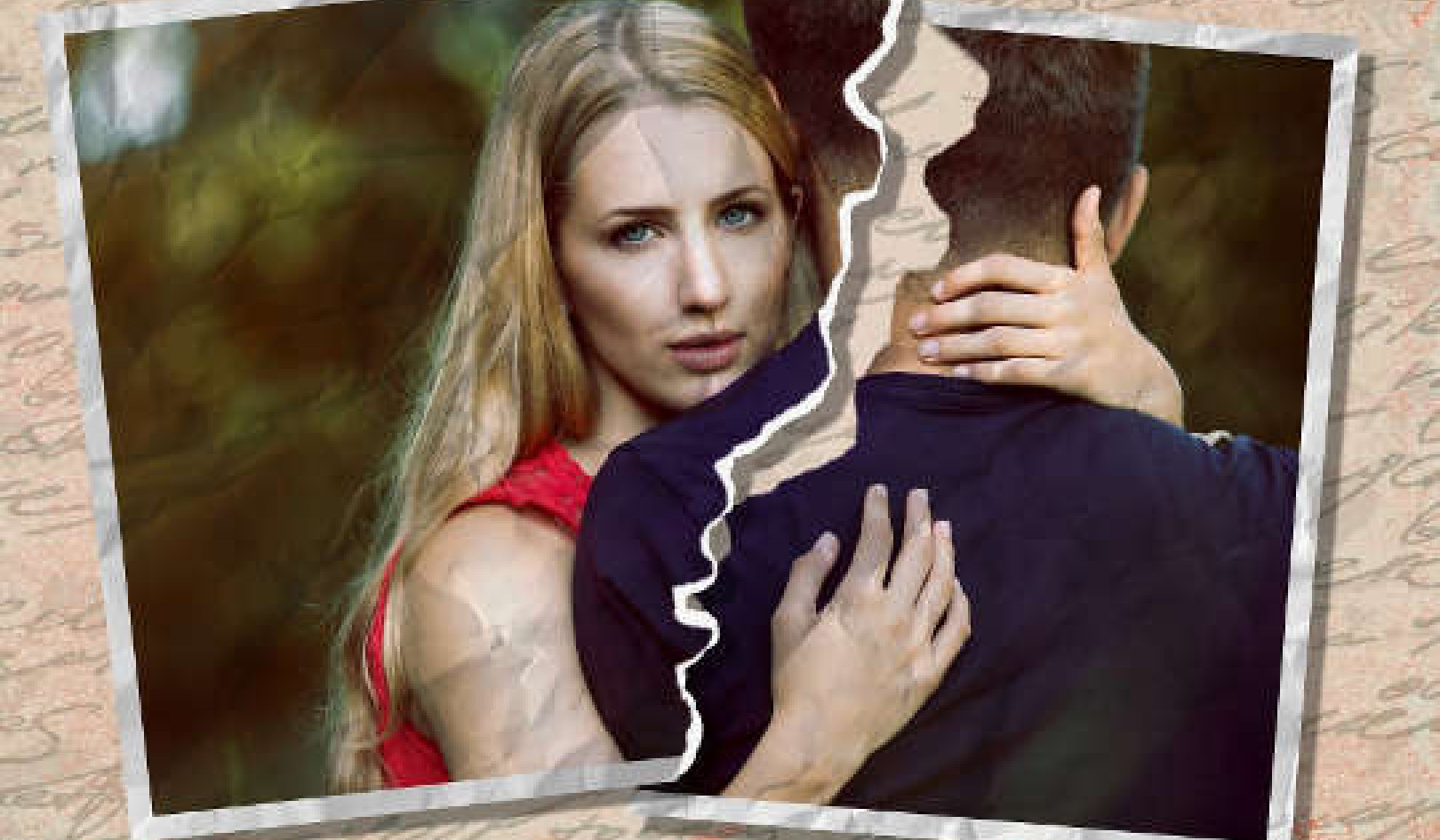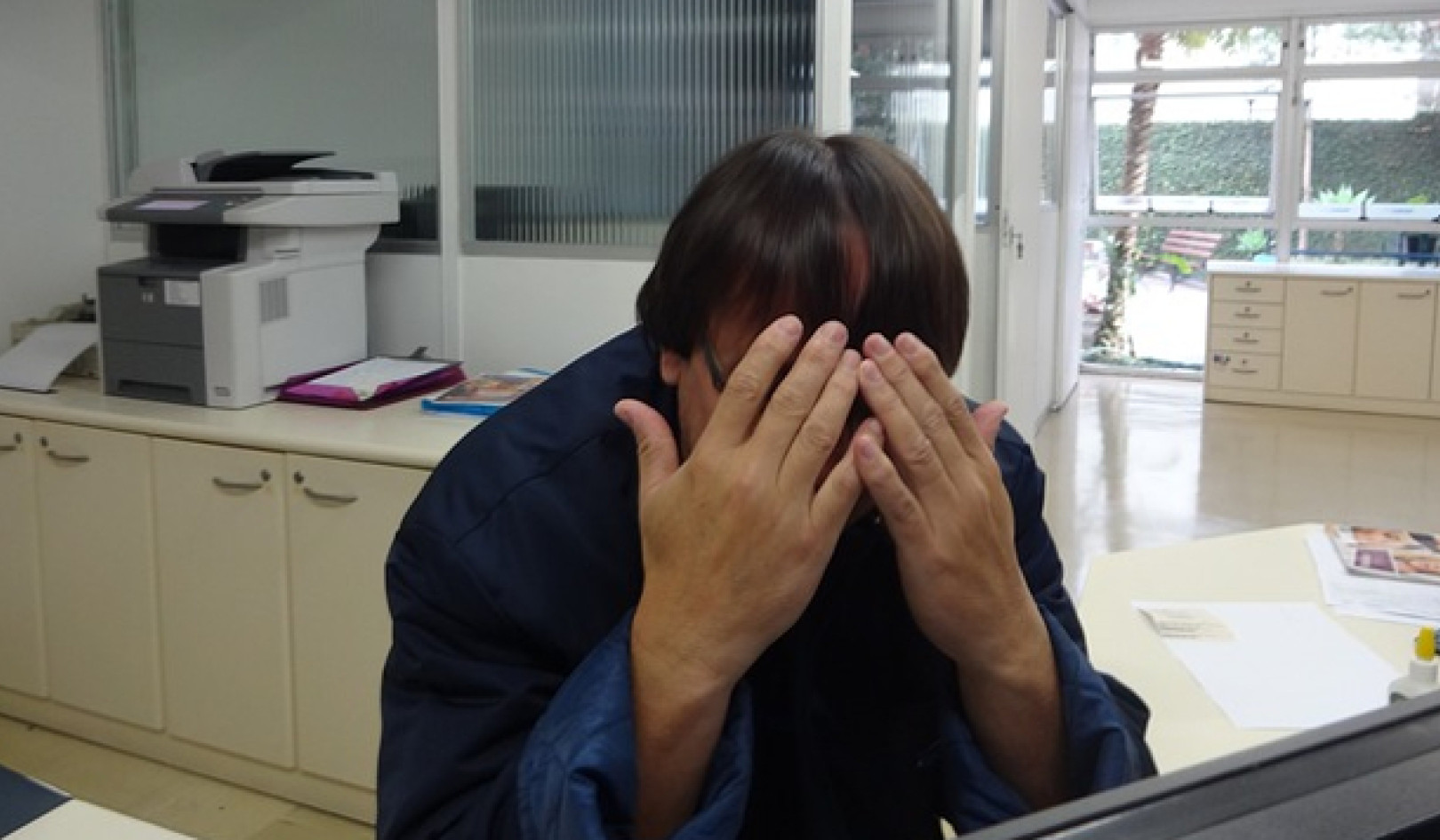
How much do you trust your memories? Do you consider the events and perspectives you remember as gospel truth, or as more malleable, fickle things that bend and warp with time and shifting context? ![]()
The recently released film The Sense of an Ending, adapted from Julian Barnes’s Booker-winning novel, takes the second perspective. It explores the intriguing premise that our own views of our lives may be incomplete and even inaccurate. I research false memories, and so I was curious to see how the film matched up to my own understanding of how our views of our pasts do not always reflect what actually happened.
Tony Webster (Jim Broadbent) is a grumpy retiree who owns a camera repair shop in modern day London. One morning he receives a letter explaining that he has been left the diary of his closest friend from school, Adrian, who committed suicide when they were at university. The diary has been left to him by the mother of Tony’s first college girlfriend, Veronica (Charlotte Rampling). Tony never gets to read the diary because Veronica refuses to give it up. But the bequest causes him to reconnect with Veronica, and as he speaks to her, he starts to reconsider his vision of their past.
Although we do not know what Tony believes led to his friend’s suicide, as the story unfolds it becomes clear that he is very much unaware of the repercussions of an explosively emotional letter he had sent to Adrian years ago. Indeed, we watch as Tony uncovers a complex and disturbing truth in his search for the true narrative of what led to his best friend’s untimely death.
Tony’s misapprehension centres around a false memory he has concerning the letter he sent to Adrian. As Tony recounts it, the letter gave his blessing to the new relationship between Adrian and ex-girlfriend, Veronica. But he slowly learns that the letter he wrote was instead a slur to his friend’s betrayal for engaging in a relationship with Veronica after their own break up. The letter, it transpires, led to a series of events that ended in Adrian’s suicide.
False memories
So Tony has a distorted view of his life and history. Extensive research in the field of memory distortion has shown that memories do indeed tend to alter, fade, and undergo transformation over the course of time.
We all have our own narratives of life. You have a “version” of that life that is a story you tell to yourself and others, about what your life has been. But it is only that, a story, and it is just one version of a possible number of stories. Tony realises that the version of his life that he has told himself is based on a recollection of an event that is inherently wrong. He comes to realise that the distortion of memory can change anything and everything that he had believed true for so long.
Tony’s mistakes are the mistakes of a fallible memory system. Fallible not just because we forget information (errors of omission) but because we also “remember” things that did not happen (errors of commission). This can be a simple case of misremembering, for example, that we had eggs for breakfast when in fact we had cereal, or sometimes, more seriously, mistakenly remembering entire events that never happened.
Memory distortions in humans may occur simply with the passage of time. This is partly because, over time, memories typically become less episodic (highly detailed and specific) and more semantic (more broad and generalised), as the information is repeatedly retrieved and re-encoded in varying contexts.
Bone chips and dinosaurs
We do this not because memory is fundamentally flawed but because it is reconstructive. That is, our memory of events is not a verbatim playback of what happened. Rather, it’s a reconstruction based on the retrieval of some stored remnants of the original experience that may have persisted in memory, along with our conceptual framework for other similar previous experiences, that serves to make the memory coherent.
Ulric Neisser, the “father of cognitive psychology”, famously likened memory retrieval to palaeontology, writing in 1967: “Out of a few stored bone chips, we remember a dinosaur.” Put simply, if we think an event should have happened in a certain way on the basis of our previous experiences, we are likely to think that the event did indeed happen this way. So memory is not simply a recording of the past. It is a deliberate piecing together of retrieved information in an effort to make sense of the past. And so efforts to recollect memories can turn out to be fatal if the recollected memories prove fallible.
But why is memory like this? Such a reconstructive memory system is designed to be very adaptive. It is likely that memory evolved not as a system that retains verbatim information about past experience but rather one that helps us understand, experience, and interpret the world around us. It works well for what it is intended: guiding current and future behaviour.
This latter point is an important one to understand when it comes to Tony. His false narration of this historical event has likely protected him from facing possible blame for his friend’s suicide. We can avoid thinking about events that may be seen as traumatic to the self, and we can direct our attention to other competing thoughts to suppress the memory for the event. A faulty or false memory has led Tony’s individual history and narrative to be imperfect. The Sense of an Ending demonstrates that when the self is constructed from memories, the self can be a false self, based on beliefs and memories that do not accurately represent the past.
That’s not to say that we should all consider our life narratives as inherently false, based on a faulty memory system. But because of the constructive nature of memory, we should consider that what we end up remembering is not always what we actually witnessed happening.
About The Author
Lauren Knott, Senior Lecturer in Psychology, City, University of London
This article was originally published on The Conversation. Read the original article.
Related Books:
at InnerSelf Market and Amazon






















